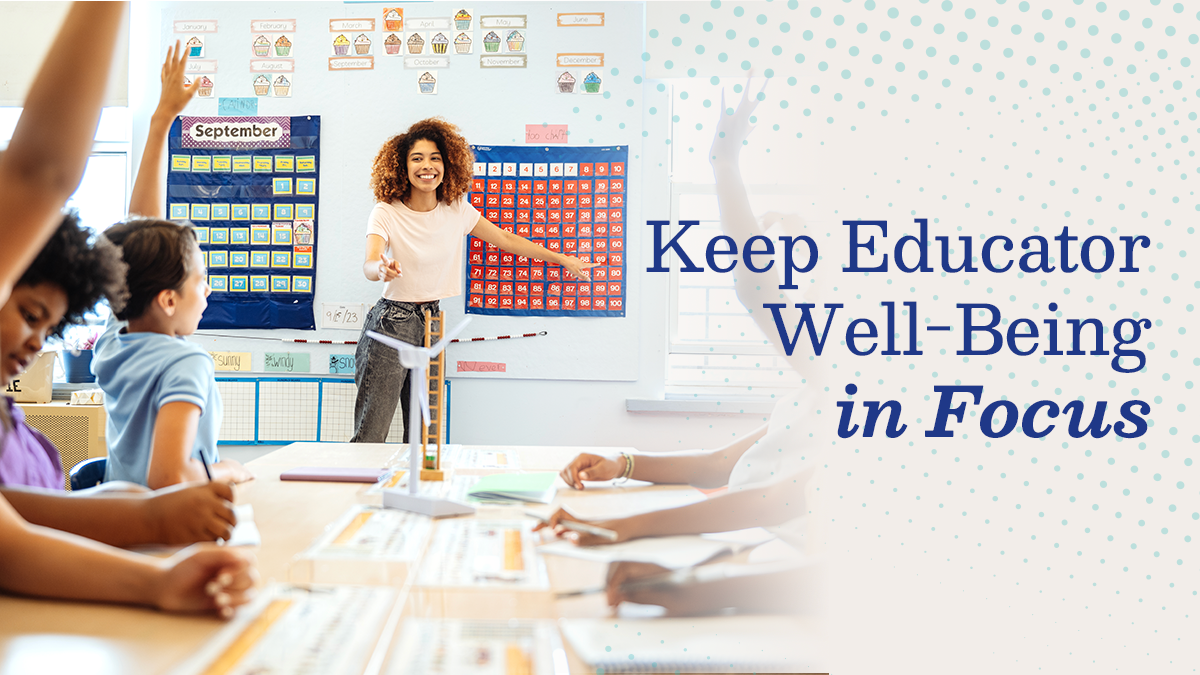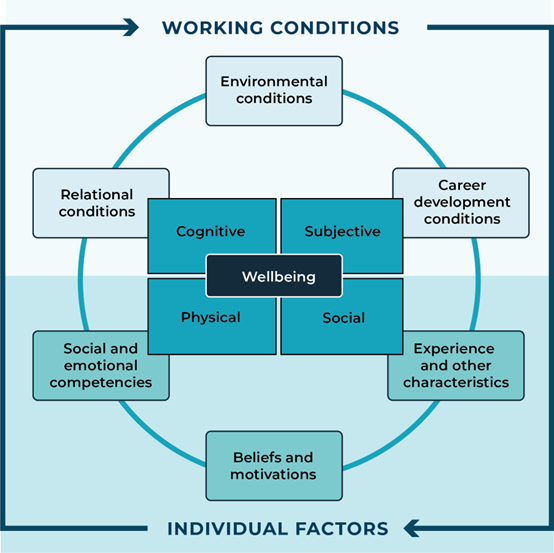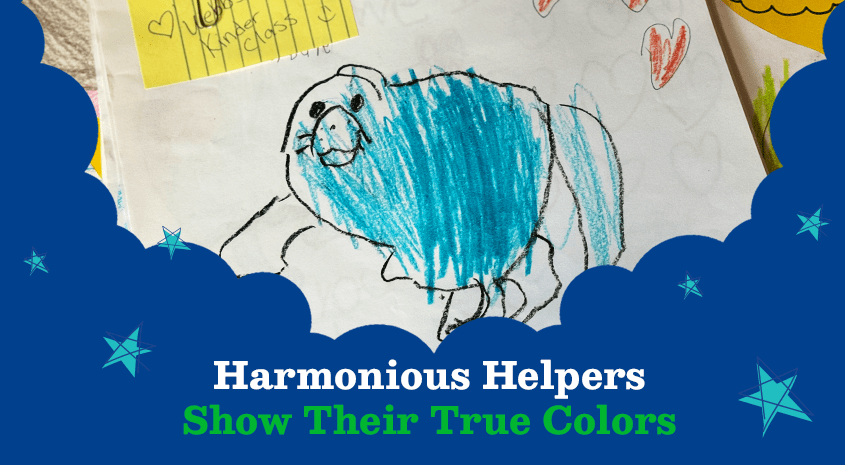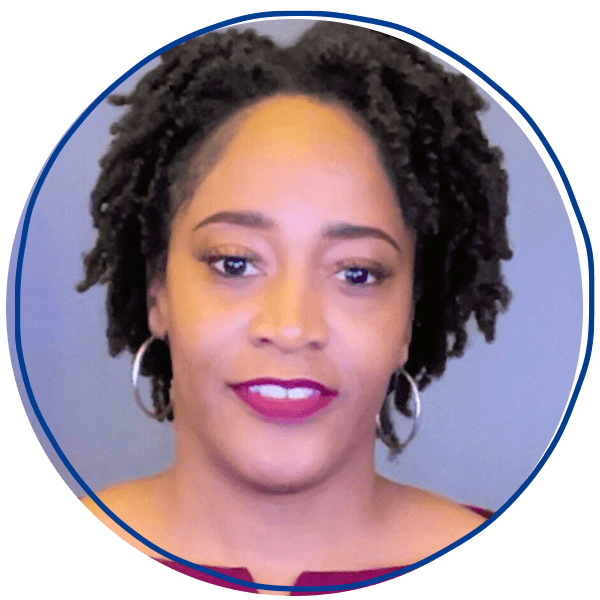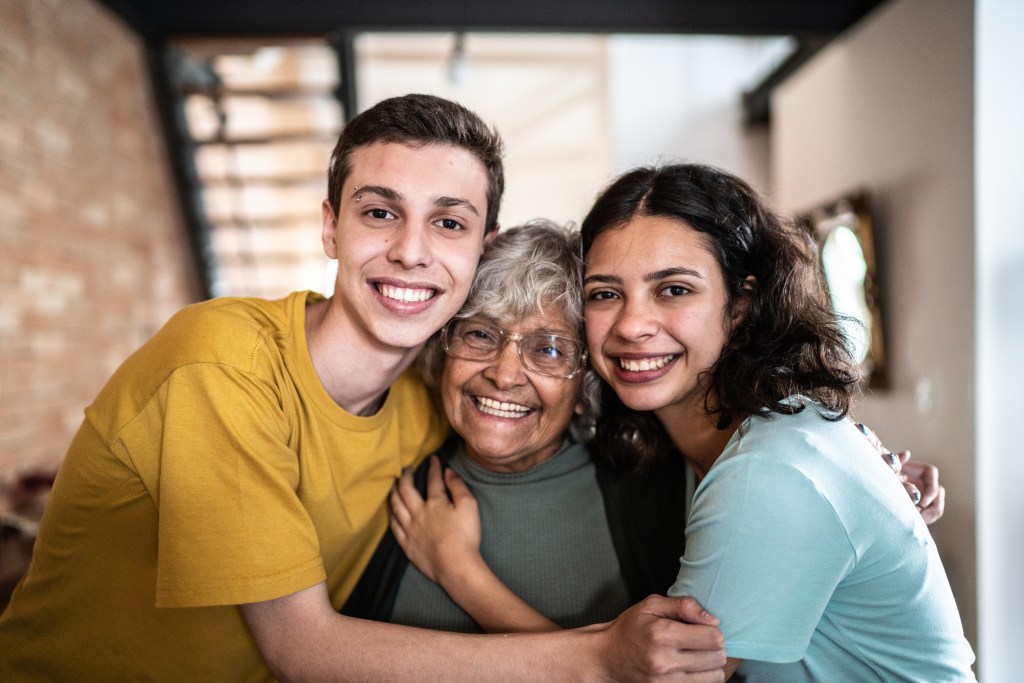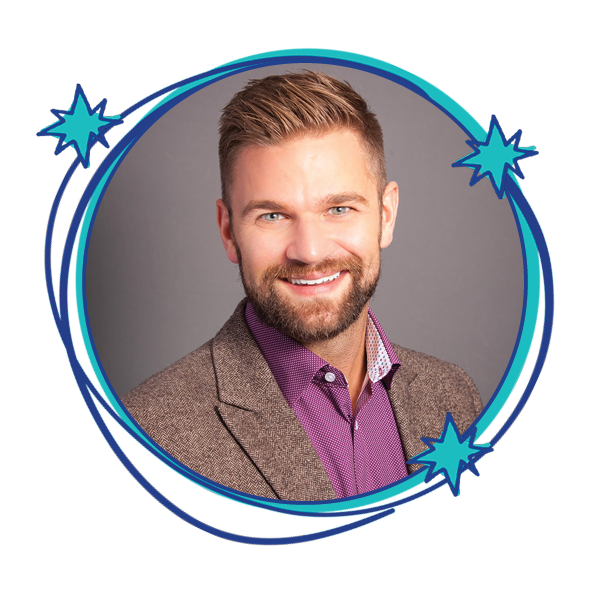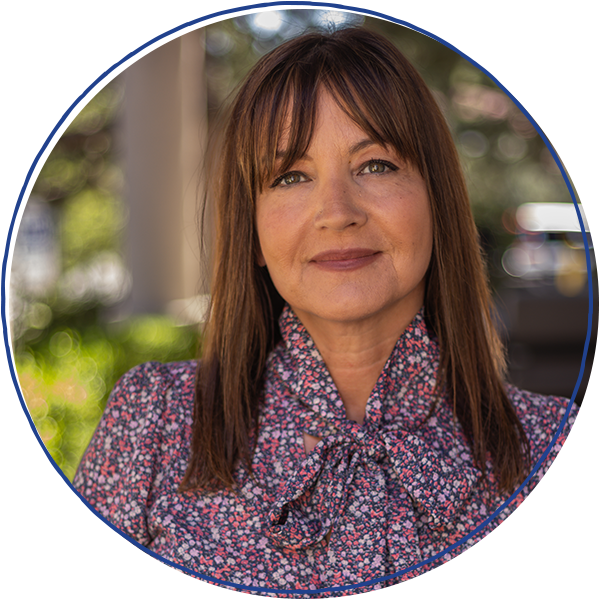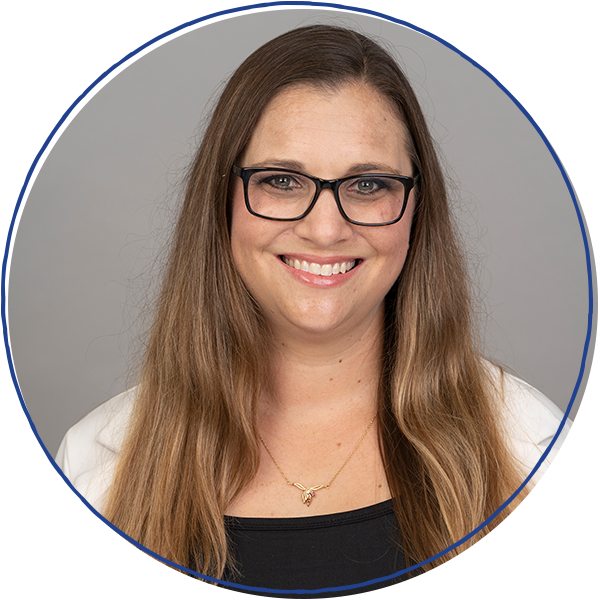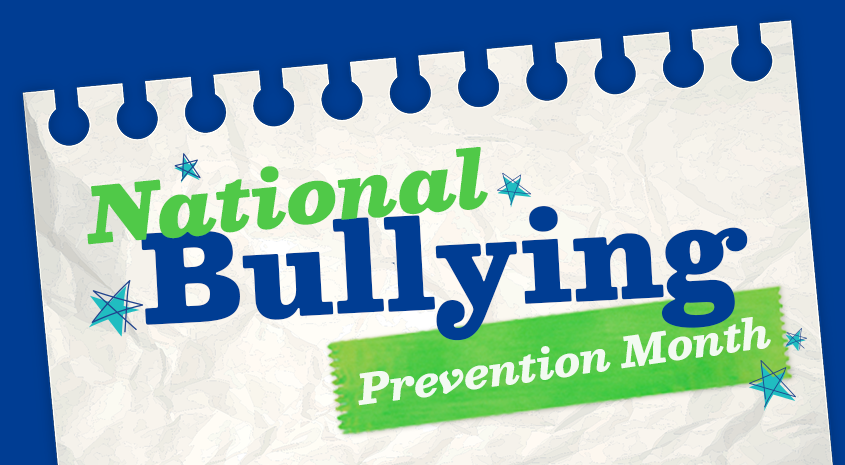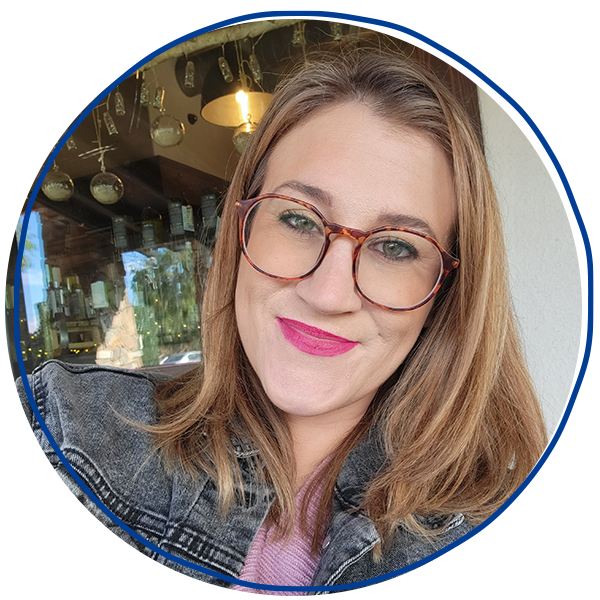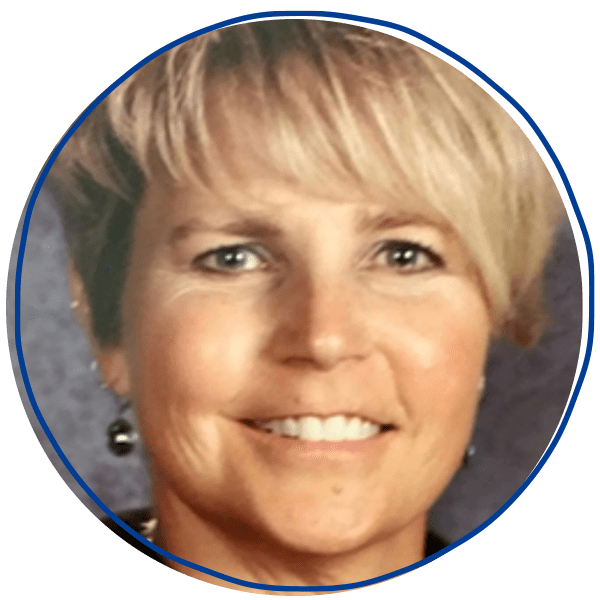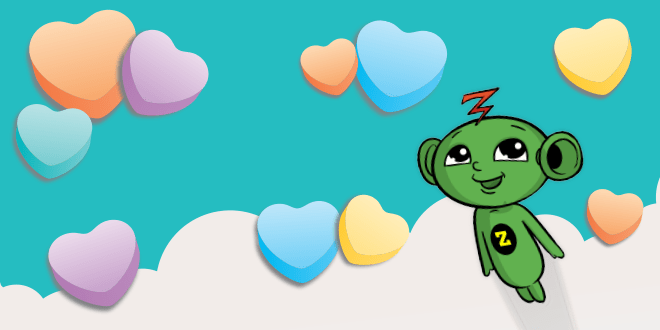
Top 10 Reasons Why We Love Harmony
Love is in the air in February! This month, we asked our Harmony Educator Advisory Group why their heart is with Harmony. A Harmony student even chimed in!
We show our Harmony love through our morning meetings with our Harmony Meet Ups. This is our opportunity to get to know one another, learn to be empathetic, and truly spend quality time together that we don’t have throughout the day. This is our absolute favorite part of the day. We love to learn new things about each other and even learn that sometimes we like the same things. 🙂
We love Harmony Buddy Ups as valuable opportunities for students to connect and share. Each morning, students engage in brief check-ins, exploring various topics with different classmates. During our “Week of Friendship” leading up to Valentine’s Day, we enhance these meet ups with a special focus on kindness and friendship. Students share a kind word or compliment about a classmate. They set a daily intention for kindness and how they will show kindness to others that day. At the end of the day, during our closing meeting, students reflect on a positive interaction they had with a friend. This multifaceted approach fosters a positive and supportive classroom environment, encouraging students to actively cultivate kindness and appreciate the valuable connections they build with each other.
During the month of February, we use Harmony resources that focus on “Value” to celebrate love, kindness, and friendship with our Out-of-School Time students. For our younger students in Kindergarten, 1st, and 2nd grades, we have used lessons in Unit 2 Valuing Each Other as a great free resource! We discuss what valuing another means and looks like, then use the unit to guide our teachers and coordinators to create a life skills lesson perfect for the month! Our students learned about culture and how we value others by learning about where they are from and even tried foods from our Native Alaskan staff and families!
It has been quite a transformational experience integrating the Harmony Curriculum into my classroom; this indeed has helped in making the classroom environment more supportive and engaging for learning. I have noticed a positive shift in both students’ behavior and academic performance. The Harmony Curriculum builds skills of empathy, inclusion, and communication through activities like Meet Ups, Buddy Ups, and Quick Connection Cards. These strategies enable students to develop a deeper understanding of themselves and others, handle conflict constructively, and build stronger relationships. Consistent use of the practices has created a classroom environment in which students have become free and comfortable to express themselves, take risks, and learn from their mistakes.
I’ve introduced Harmony to our staff, and tools like the Quick Connection cards have been especially impactful, setting a positive tone each day. Students love the collaborative activities, and teachers appreciate how seamlessly the Harmony Lessons fit into their routines. Harmony can transform any school by strengthening relationships and creating a sense of belonging, making learning a meaningful and practical part of daily classroom routines. The interactive lessons, like role-playing, storytelling, and games, help students build life skills, while fostering connection and inclusion.
I love Harmony because it is a great support building healthy relationships in the classroom. No matter the grade level you work with, there is something amazing that you can find to support your strong community. Harmony provides tools and resources to create strong relationships with and within my students, promotes self-esteem and a sense of community, even within the littlest ones. Additionally, there are great resources. like Home Letters, to share with parents and families (available in both English and Spanish) as we work to build community and engage parents through Harmony.
Long Beach Unified School District LOVES Harmony because of the school-wide positive culture and climate it creates. One of the things that we have done as a campus is to create Harmony Goals in all areas of campus including classrooms, hallways, playground, library, cafeteria, and the auditorium. When students can co-create Harmony Goals, they feel a sense of belonging and community in all areas of their space at school.
The Harmony lessons, activities, and Harmony Games are highly engaging, easy to use, and help us build essential life skills like empathy, teamwork, and conflict resolution. They provide us with opportunities for students to get to learn about each other while also learning about themselves through deep reflection. The lessons and activities foster a positive, inclusive environment where students feel safe to express themselves and work together. My students have strengthened their relationships, built confidence, and grown as thoughtful, empathetic individuals. Also, they are a lot of fun!
I absolutely love Harmony because it gives our students the tools to grow into kind, thoughtful humans who can handle anything life throws their way. It’s not just about learning how to manage big feelings (though that’s super important!), it’s about building empathy and resilience, so our young people can make the world a better place. The work we’re doing now to cultivate these skills is like planting seeds for a future that’s full of understanding and connection—and let’s be real, who wouldn’t want to be part of that?
I love Harmony because it helps me understand my feelings and be kinder to others. It teaches us how to handle tough situations with a positive attitude and shows us how to build stronger friendships. It’s making me a better person now and for the future!
– Samaya Johnson, Ms. Burnett’s student
Join Our February Webinar!
Join us to explore the latest research on how relationship-building programs, like Harmony, can be easily integrated into the school day to support school climates and boost academic success. Tune in on Tuesday, February 25, 1–1:45pm PST/ 4–4:45pm EST!
